Growing your own green pea plant at home can be a fun and economical way to enjoy fresh produce. From selecting the ideal type to planting, growing seeds, tending to the plant, and harvesting your crop, we will explore the details of planting peas in your garden in this blog.
Planting

The first step towards knowing how to grow peas is planning your trellis framework. A trellis framework must be set up before planting peas in order to support the growing plants. In pea planting, trellising is a method used to support the developing pea plants as they mature. Peas are a type of climbing plant that naturally grows to be rather tall and generates tendrils to aid in ascent. In order to support the plants and keep the pods off the ground, which lowers the danger of disease and pests, trellising includes giving the plants a structure to climb on as they grow.
It's time to sow your pea seeds after you've chosen and set up your trellis. First, pick a spot with well-drained soil. It is recommended to plant peas early in the spring or late in the autumn because they like milder weather. Before sowing, soak the pea seeds in water for a few hours to hasten germination. After that, plant one or two seeds in each of the six evenly spaced holes you just made in the soil. Gently moisten the seeds after covering them with soil. Train the plants to ascend the trellis as they mature by wrapping the tendrils around the necessary support system. Water the plants frequently to keep the soil moist, but watch out not to drown them in water as this might cause root rot. Your pea plants will grow and yield a delicious and nourishing harvest with proper care and trellising.
In ground vs In container
Both the ground and containers can be used to successfully cultivate peas, and each approach has its own benefits and disadvantages.
In Ground

For expansive, bigger gardens, in-ground planting works best. When cultivated in the ground, peas can be planted in rows, which increases the number of plants that can be grown in a given space. Also, in-ground planting gives the plants a consistent source of nutrients from the soil, which may result in plants that are stronger and healthier. The soil must be well-drained and not too heavy to avoid waterlogging, as in-ground planting may be more sensitive to pests and diseases.
In Container

If you want to grow peas on a patio or balcony but have limited space, container planting is a perfect solution. Peas grown in containers are also less susceptible to pests and illnesses that are carried by the soil, and the soil may be easily managed to provide the best growing conditions. However, because the soil might dry out more quickly in pots, container gardening could need more frequent watering and fertilizer. Containers should include drainage holes to allow extra water to drain out and be at least 12 inches deep and wide.
In conclusion, pea planting in the ground or in containers can succeed with the right maintenance and care. Planting in containers is wonderful for smaller places. It gives you more control over the growth environment, while planting in the ground is best for larger gardens with good soil. Trellising should be utilized to support the climbing pea plants, regardless of the planting technique selected.
Pea Plant Care

Although pea plants are generally easy to care for, there are a few key elements to take into account to guarantee a strong and fruitful crop. While caring for pea plants, it's important to provide them with the proper amount of light and heat, regular moisture, and defense against pests and illnesses. The development and productivity of other vegetables and herbs can be encouraged by companion planting. Your pea plants may produce an abundant crop of tasty and nutritious peas with the right care.
Temperature and Light: Peas thrive in cooler climates and can withstand light frosts, but excessive heat can stop them from producing. Avoid growing peas in locations that get too hot, and instead choose a location that receives full sun to partial shade. Peas perform best when planted in the fall or winter in warmer areas. The ideal soil temperature for germination of pea seeds ranges between 12 to 21°C.
Watering: Peas require regular moisture to thrive, but too much watering might cause root rot. Depending on the weather and the state of the soil, water the plants deeply either once or twice a week. To avoid wetting the leaves, which might cause illness, it is recommended to water toward the base of the plants.
Pests and illnesses: Aphids, spider mites, powdery mildew, and root rot are just a few of the pests and diseases that can harm peas. Avoid crowding the plants and keep the area around them clear of trash to stave off pests and illnesses. Pests can be repelled by companion planting with herbs like mint and basil.
Companion plants: Peas make excellent companion plants for a variety of other vegetables, including cucumbers, potatoes, and carrots. Moreover, they can be planted alongside pest-repelling herbs like mint and basil. Allium family plants, such as onions and garlic, should not be planted near peas because they can stunt pea development.
Harvesting & Storing Peas

To ensure that your hard work results in a tasty and nutritious harvest that can be enjoyed all year long, harvesting and storing peas is a crucial part of the growing process. Collecting and storing peas entails selecting the pods at the proper time, keeping them somewhere cold and dry, and, if necessary, freezing or drying them. By following these instructions, you can enjoy the mouthwatering flavor of fresh peas all year long.
Harvesting: Peas should be picked when their pods are full and ripe but before they become overgrown and begin to dry out. Holding the stalk in one hand while carefully pulling the pod with the other is how you harvest peas. Don't hurt the plant or other pods by doing so. Regular harvesting will promote productivity and growth.
Storing: The best way to eat peas is fresh, but if you have more than you can use at once, you can store them for later use. Peas need to be kept in a cool, dry location with low humidity, like a refrigerator. When you want to freeze peas, blanch them for two minutes in boiling water, then soak them in a bowl full of ice to stop the cooking. Drain the water out of the peas after they have cooled down, and then store them in a freezer in a bag or airtight container. Peas that are frozen can keep for up to six months.
Drying: Leave some pea pods on the plant until they are completely dried and brown if you wish to store your peas as seeds for growing the following year. Then, take the seeds out of the pods and put them away.
Harvesting and storing peas involves picking the pods at the right time, storing them in a cool, dry place, and freezing or drying them if necessary. By following these steps, you can enjoy the delicious taste of fresh peas throughout the year.
Find non-hybrid, open-pollinated, and non-GMO pea seeds on our website and start growing your pea plant today. Go to AllThatGrows for gardening supplies and more.


 Sign In
Sign In


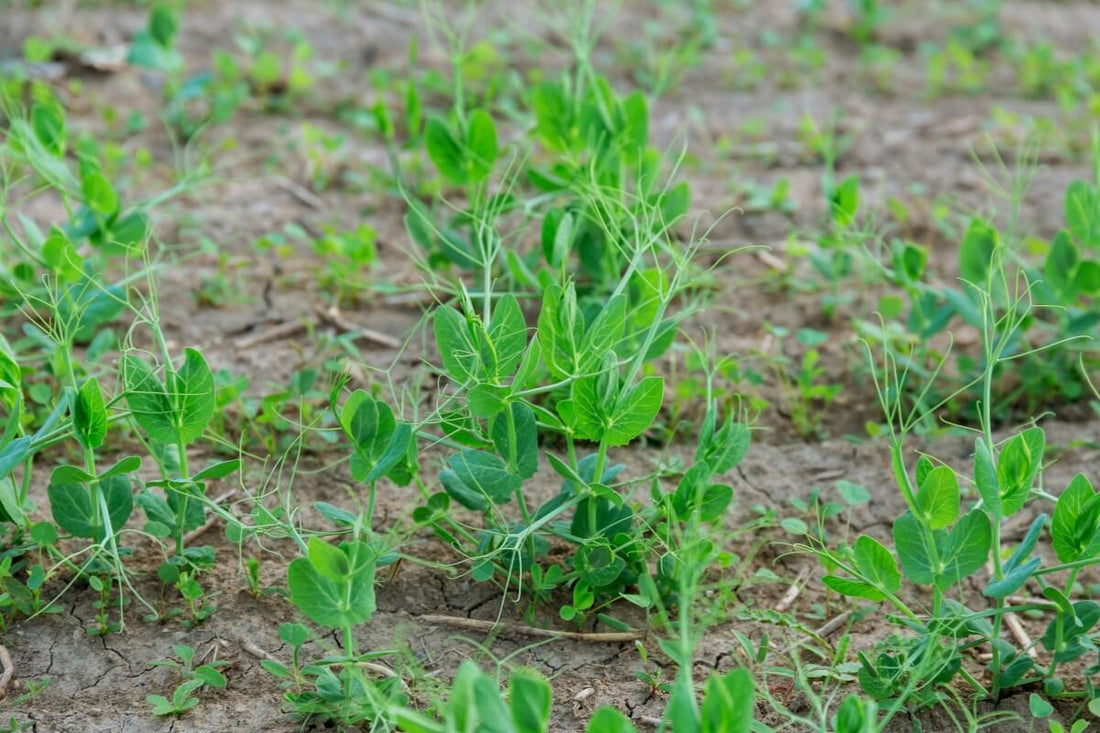
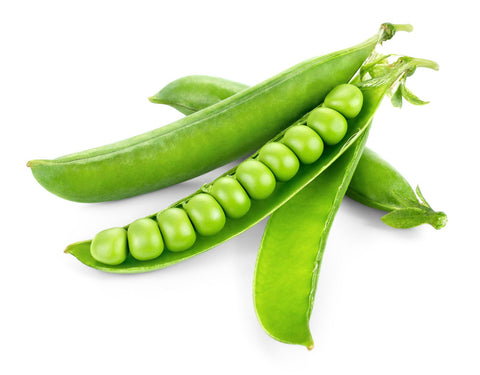
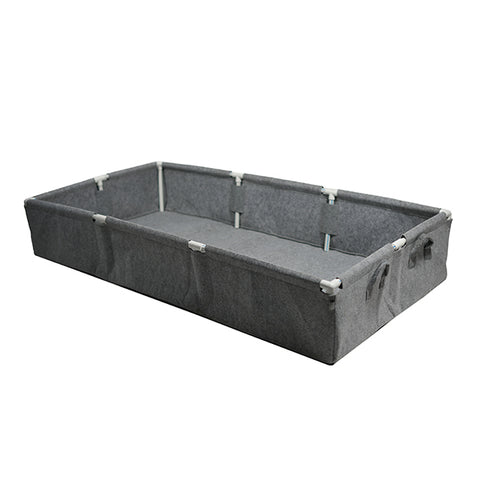
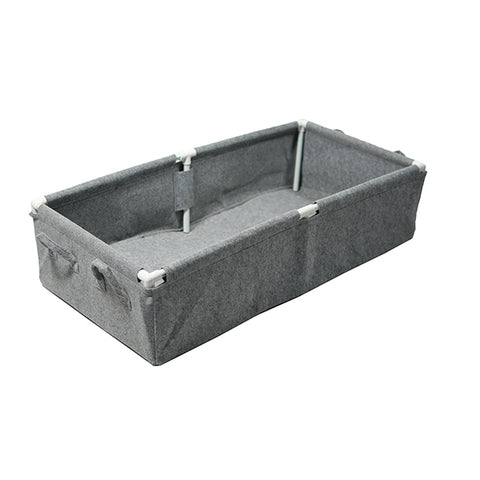
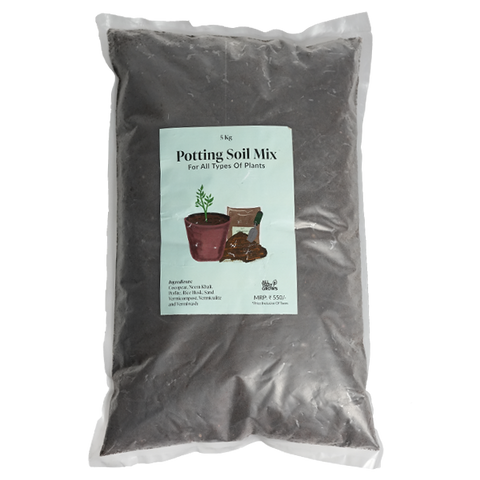
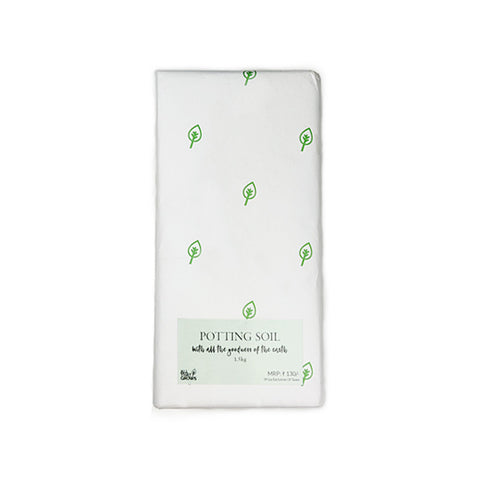
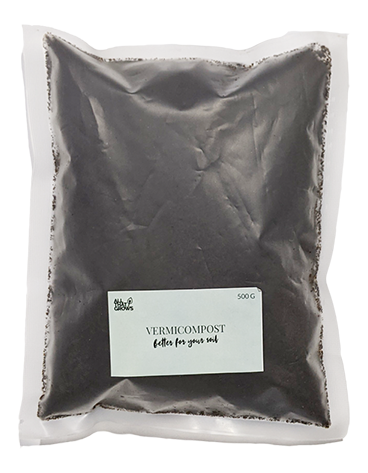
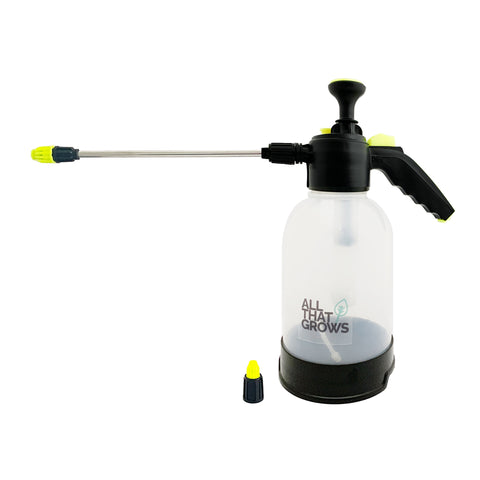
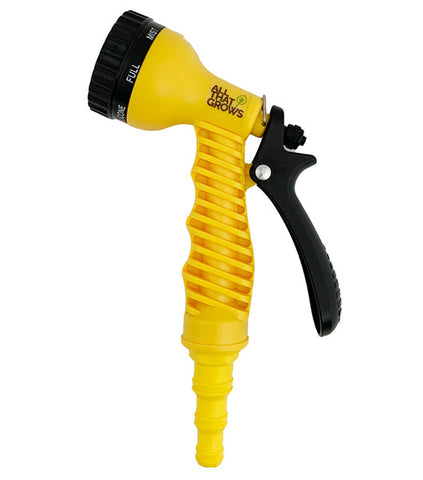
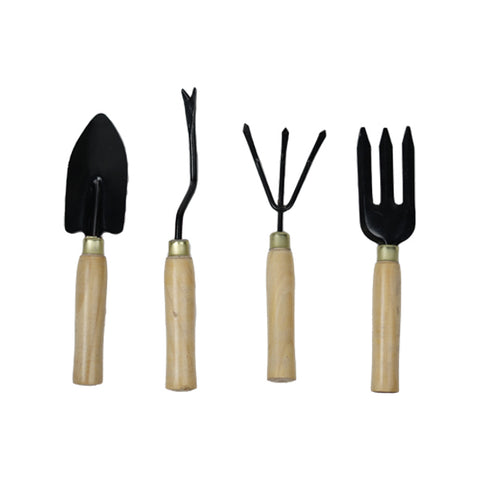






Let us know your feedback
* Comments must be approved before being displayed.